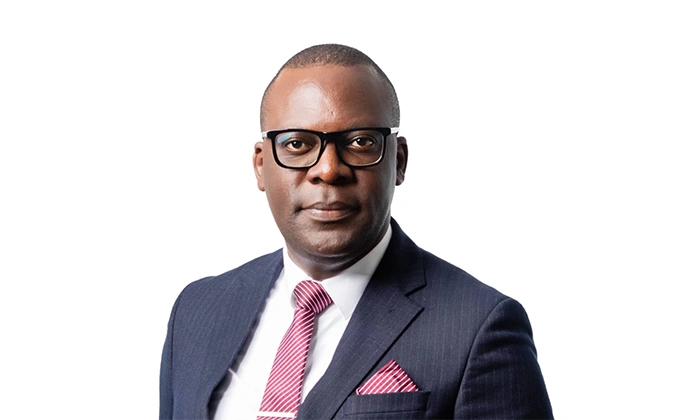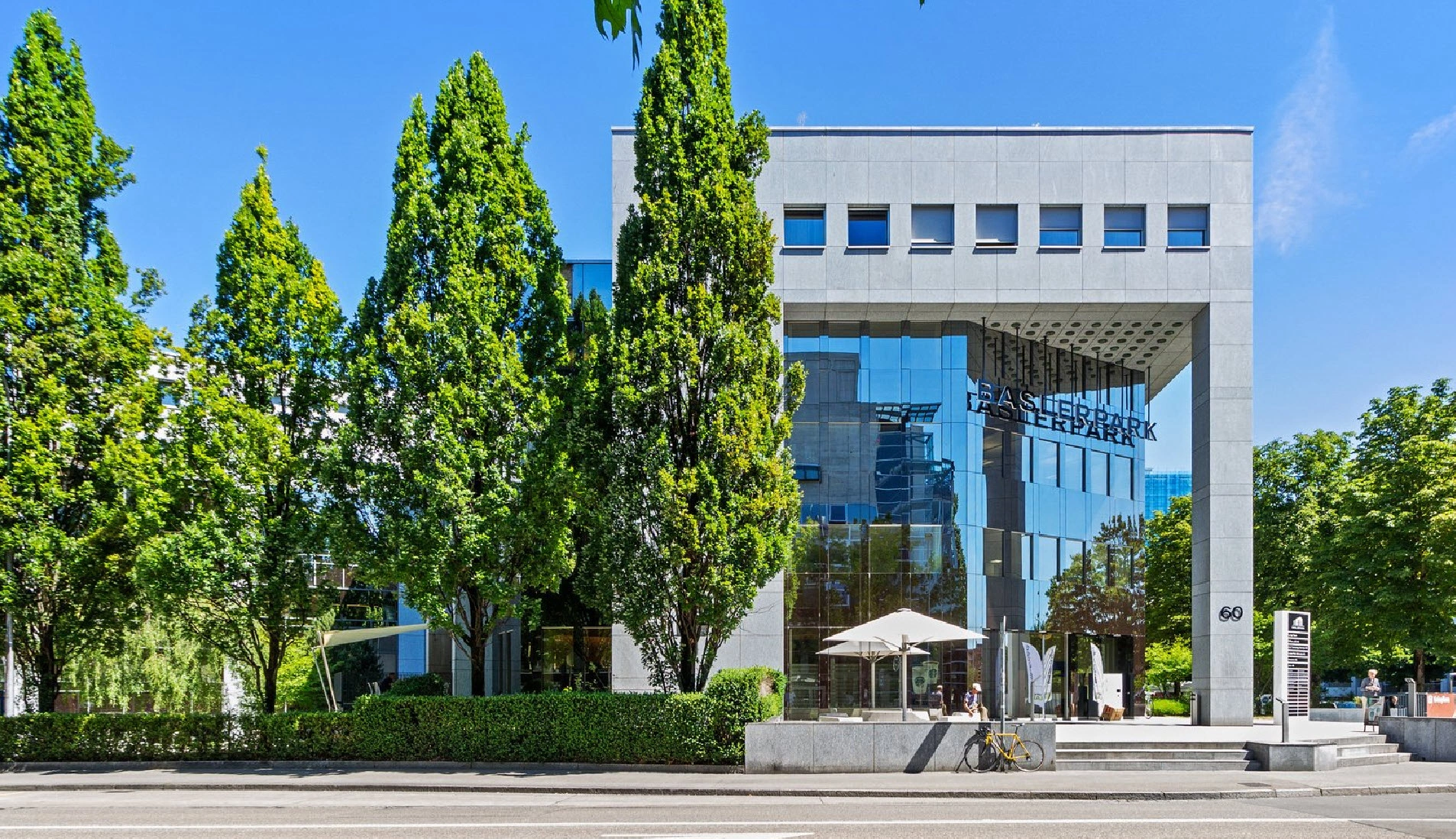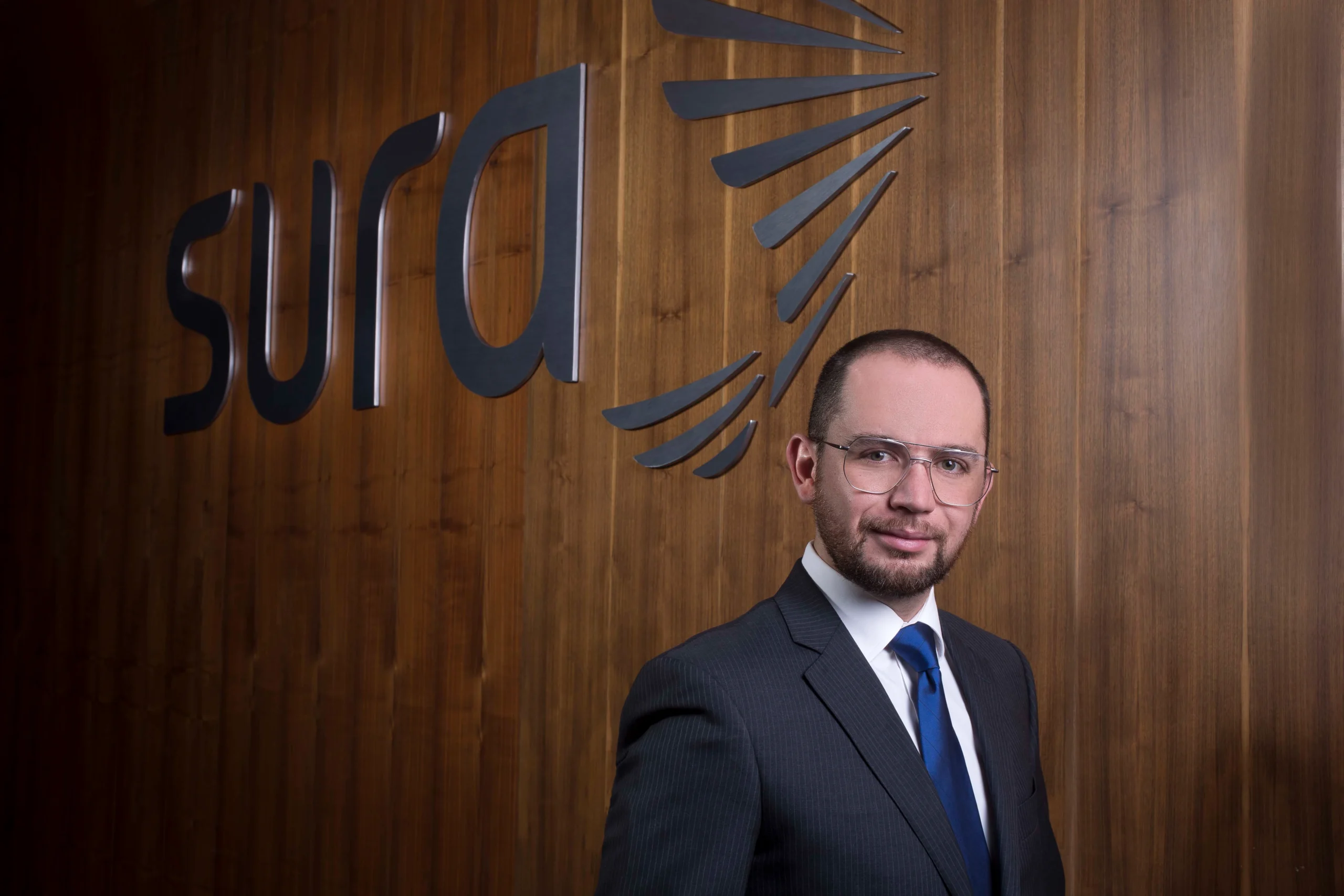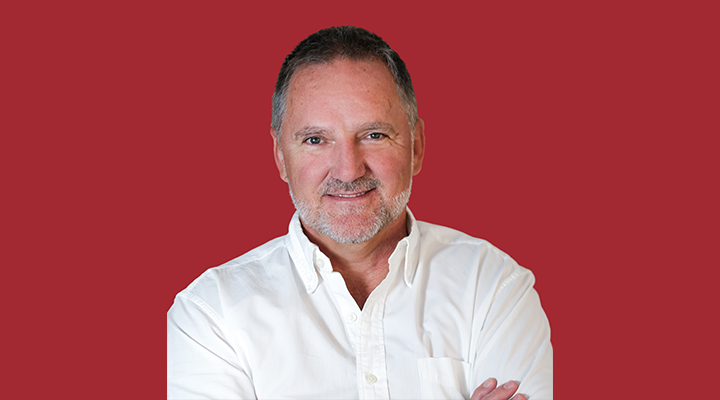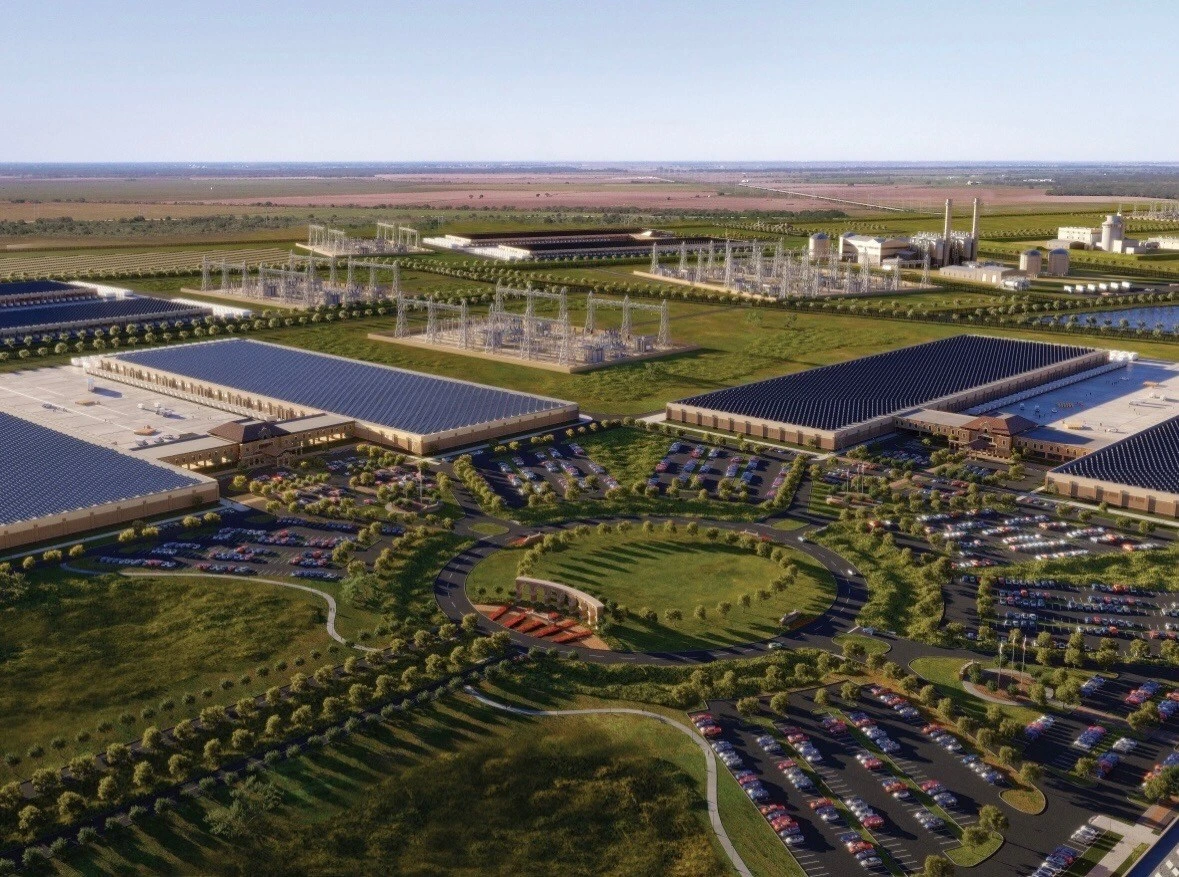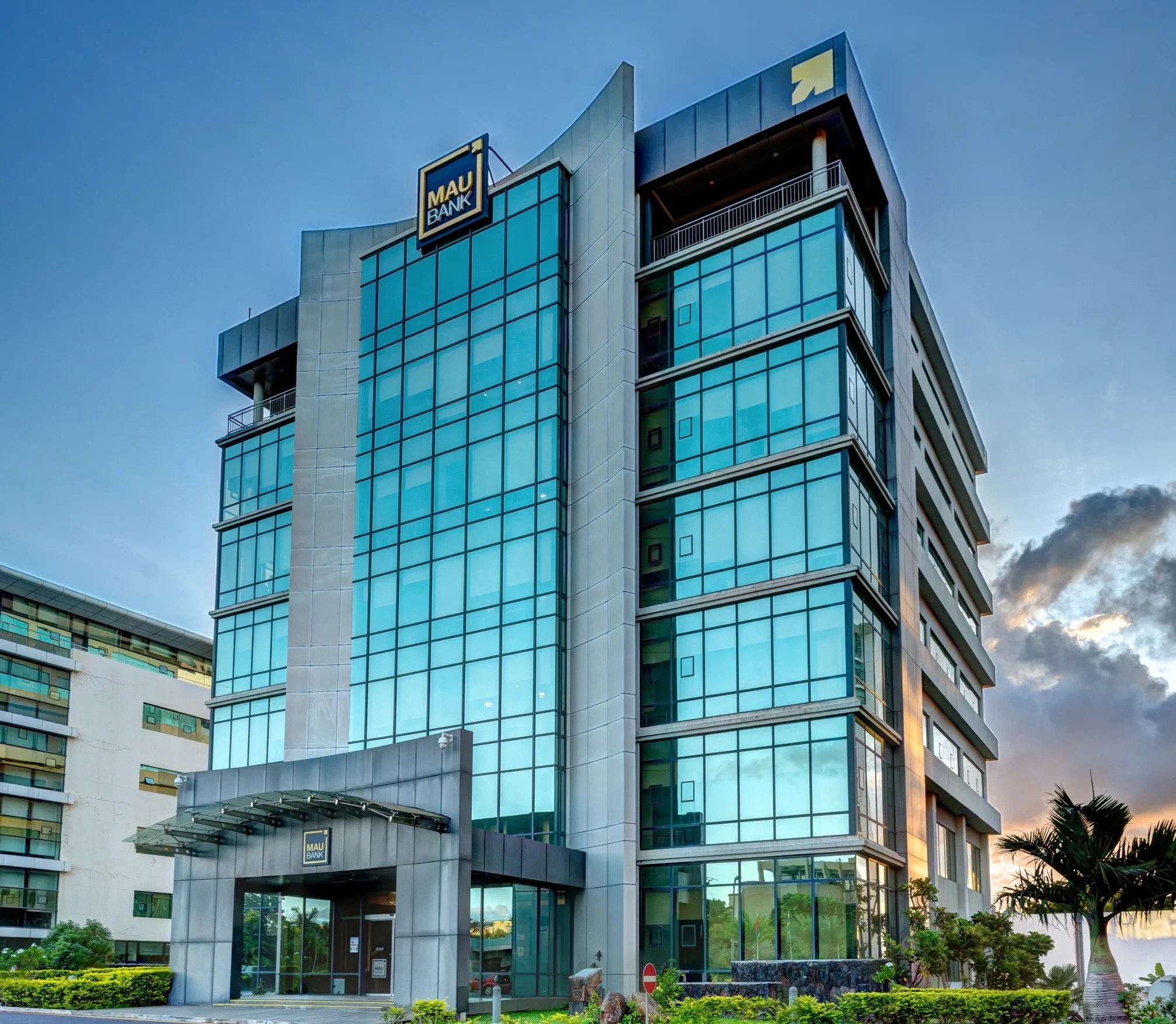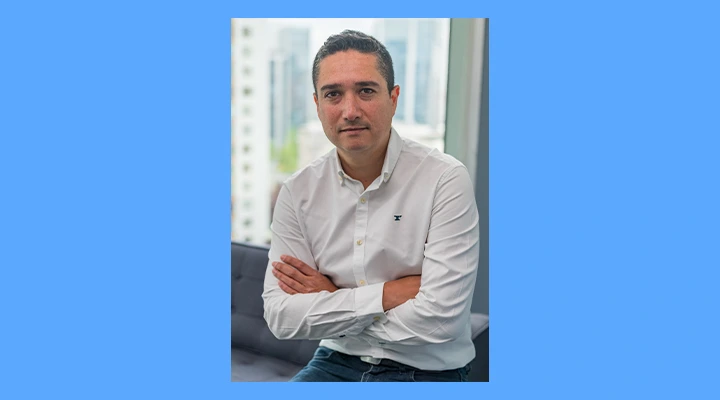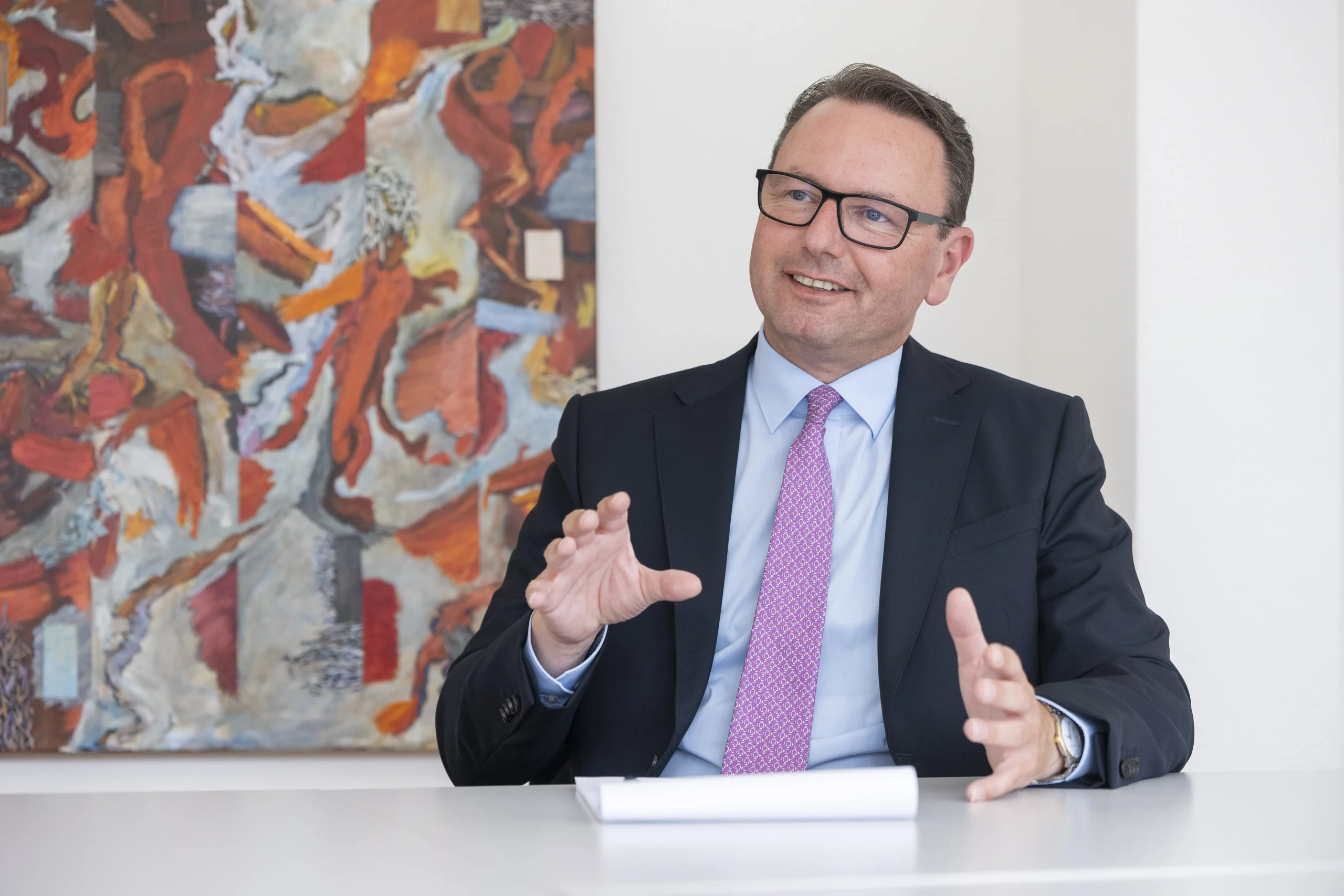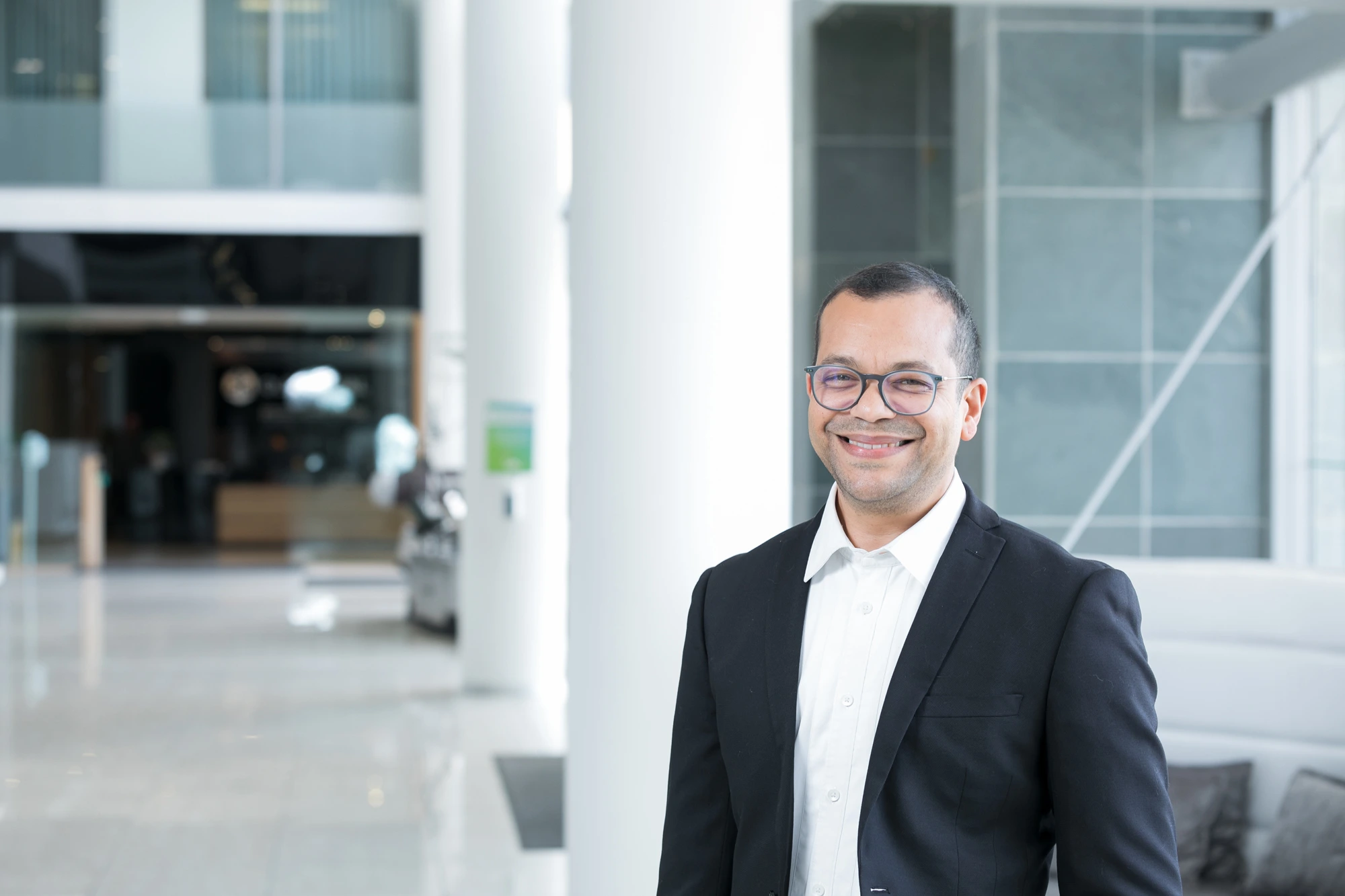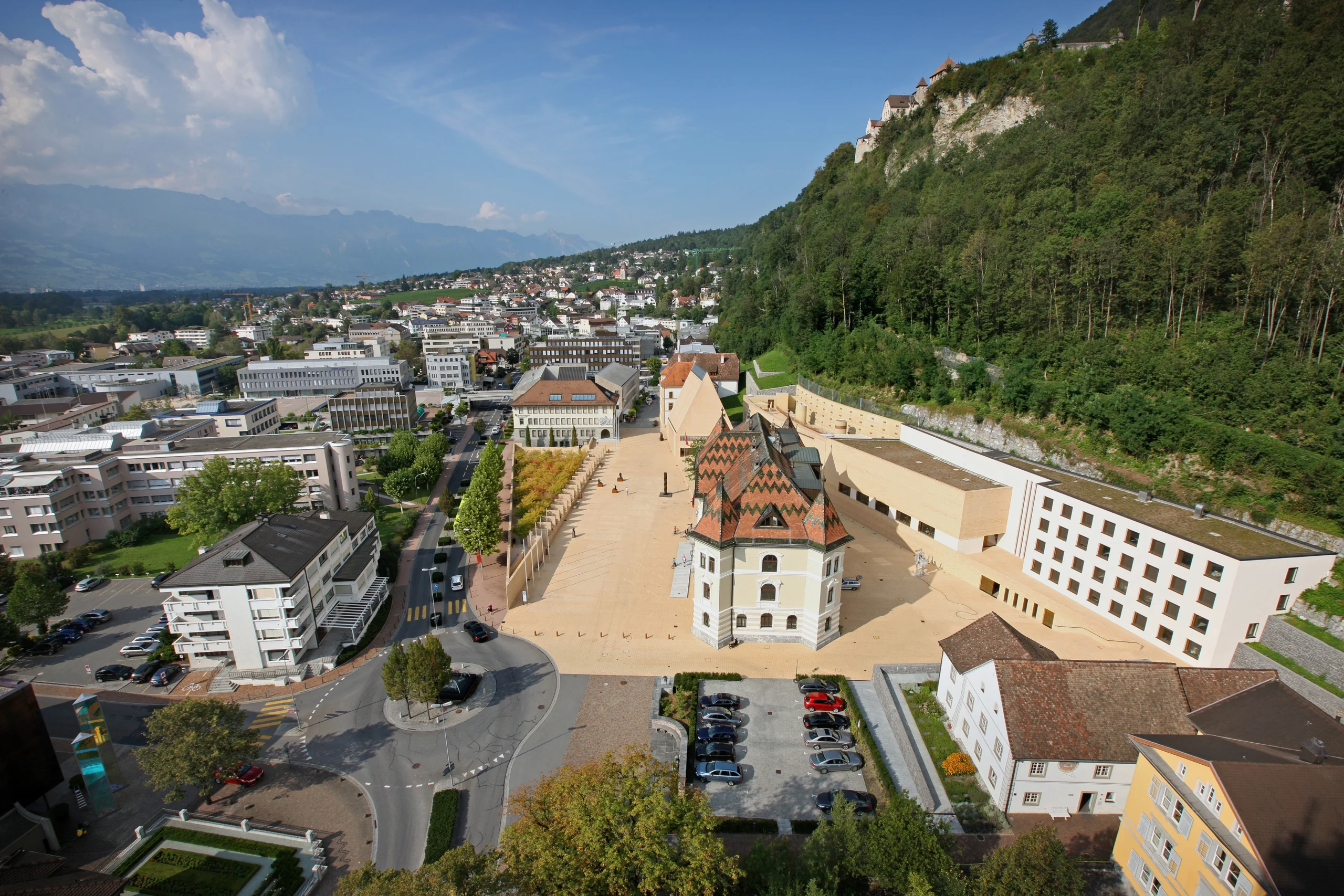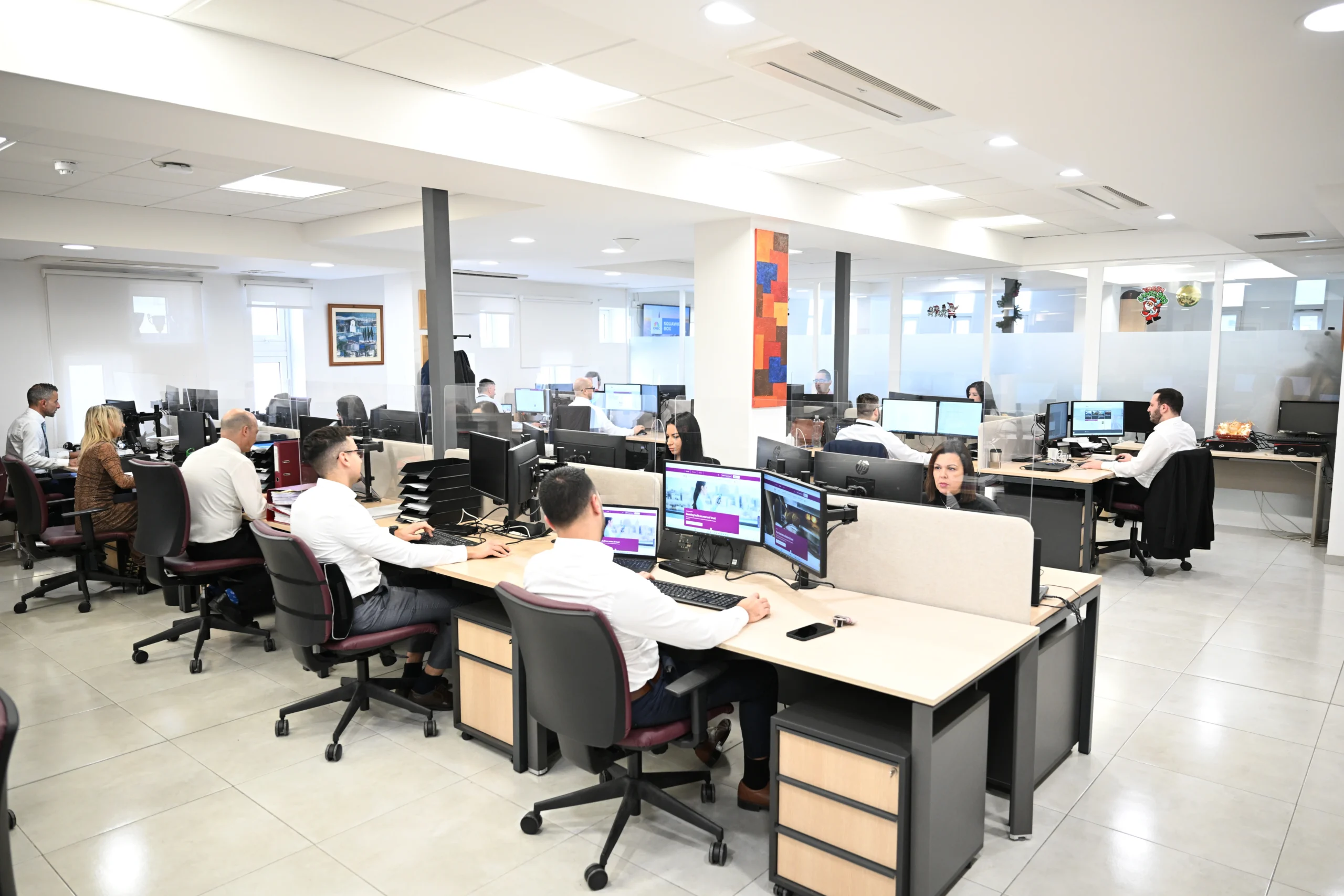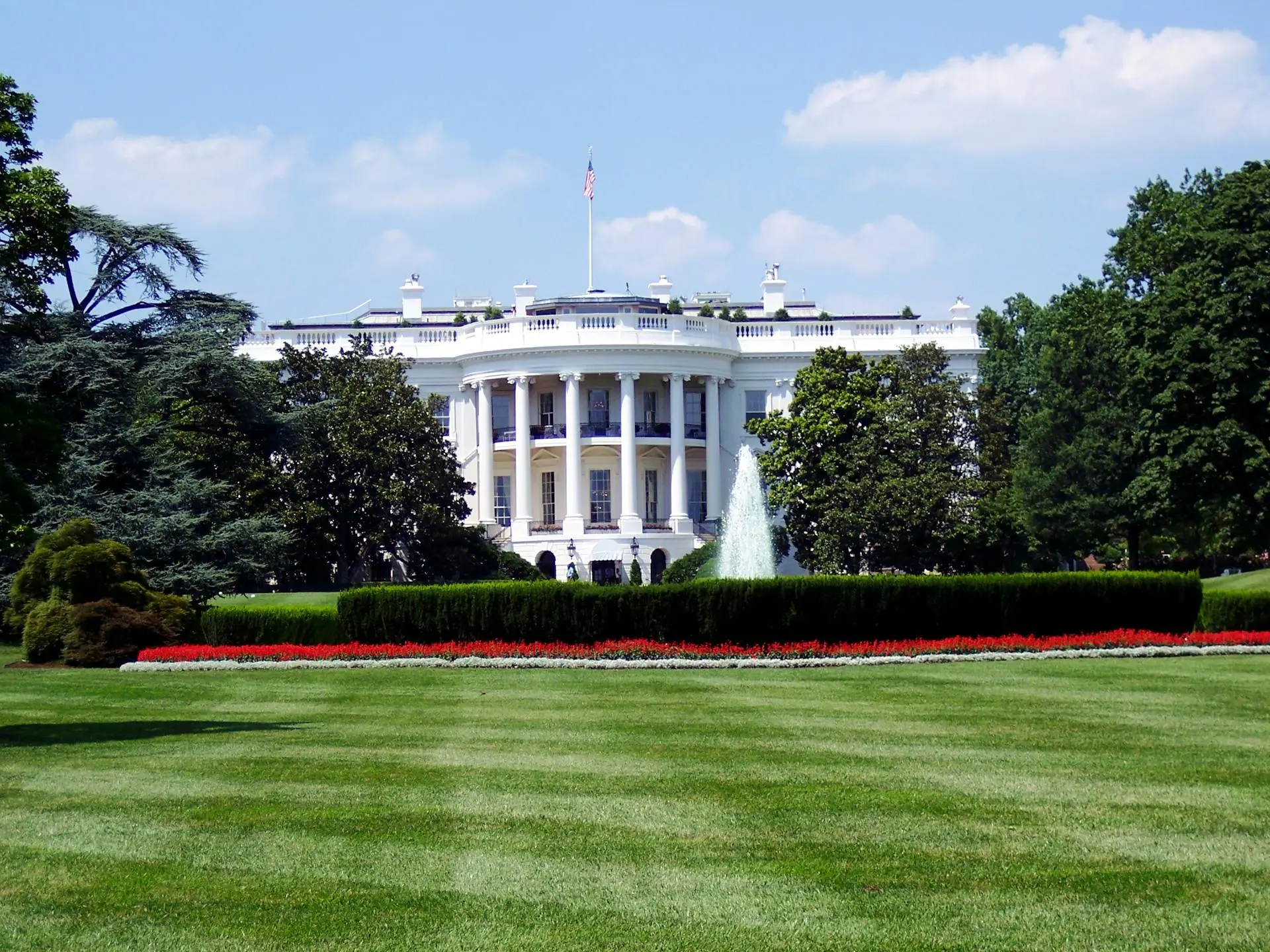India’s banking innovator

John E. Kaye
- Published
- Banking & Finance, Home
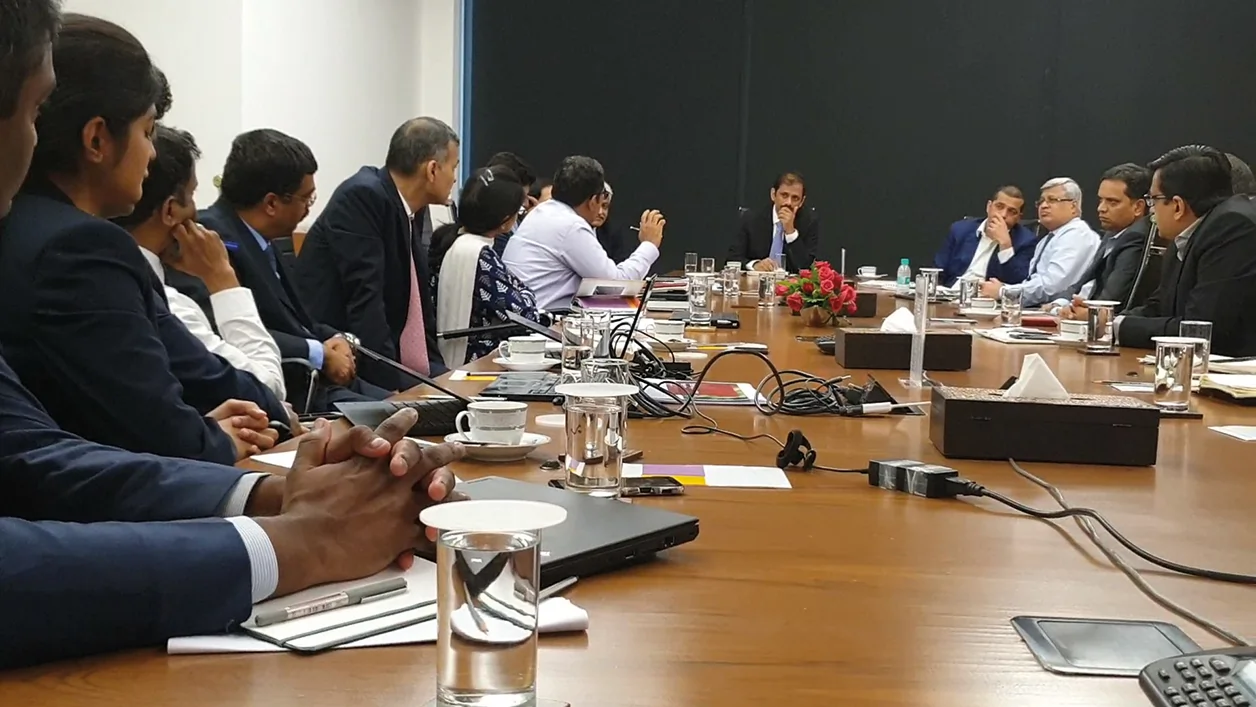
IDFC FIRST Bank is an example of prudent risk management and strategic foresight, with much learnt from the complex merger behind its existence
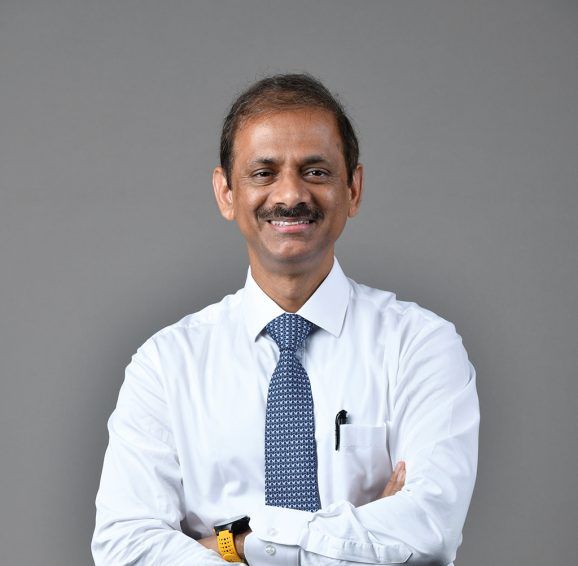
& CEO, V. Vaidyanathan
One of India’s leading private sector banks, IDFC FIRST Bank was created by the merger of two financial institutions IDFC Bank and Capital First in December 2018. IDFC Bank initially arose from a company called IDFC Limited, which was set up to finance infrastructure in 1997, with equity participation from the Government of India. IDFC Limited built a substantial franchise and came to be acknowledged as experts in infrastructure finance.
Over the years, IDFC became a successful and diversified group by acquiring a securities company, an asset management company and entering into investment banking and venture finance. In 2015, the company applied for, and secured, a commercial banking license and the infrastructure loans along with the long-term high-cost borrowings (through bonds issued) were transferred to the newly formed bank, IDFC Bank. Hence, contrary to most new banks, IDFC Bank started with a large balance sheet with infrastructure loans on the asset side and long-term borrowings on the liability side. There was also limited CASA and a retail deposit base, resulting in low CASA ratio, high credit to deposit ratio and low margins of 1.6%. Recognising that infrastructure financing was experiencing tough times, and that the early-stage bank was low on profitability, the management looked to diversify and partner with an institution who had expertise, scale, and profitability in retail lending.
Perfect synergy
Capital First was the ideal potential partner for IDFC Bank. The non-bank financial company (NBFC) – founded in 2012 by V. Vaidyanathan through a leveraged management buyout in 2012 after procuring a 10% stake in the company – was a profitable one, (PAT of INR3.28bn, $46m, FY 18), posting ROE of 15%. It specialised in providing small ticket loans ($100-$1,00,000) through the use of technology. The loan book had reached $4bn within seven years, with 90% of its loan book comprising retail lending. Its stock price had rallied 7x in six years between 2012 to 2018, from INR122 per share to INR850 per share, thus providing the requisite market credibility as a merger partner. As an NBFC, the company was looking for a banking license for stable source of funds for future growth.
As per the merger announcement, IDFC Bank was to issue 139 shares for every 10 shares of Capital First and Vaidyanathan would take over as the MD and CEO of the combined entity.
The merger involving legal and regulatory processes was rather complex. The deal required multiple approvals, including from banking regulator the Reserve Bank of India (RBI), legal approval of National Company Law Tribunal, approvals from stock exchanges BSE & NSE, shareholders and creditors. Additionally, the new entity was also required to take approvals for dispensation from RBI for NBFC related activities. The CEOs of both Capital First and IDFC Bank worked in coordination on their respective approvals. The whole process was completed within 11 months of announcement.
Challenges approaching completion
While these approvals were being worked upon, in parallel, a Pre-merger Integration Management Office was set up. The steering committee of IMO included seniors from both institutions and was headed by Vaidyanathan since it was clear that he would lead the merged institution on receipt of approvals. Under the IMO Steering Committee (SC), work groups (WGs) were created for Retail Business, Wholesale Business, Technology, Operations, Risk, Compliance, HR, Marketing, Finance, Administration, Legal, audit and so on. Under the work WGs, work streams (WS) were created for focused attention on issues. The CEOs of the two institutions met frequently to deal with challenges.
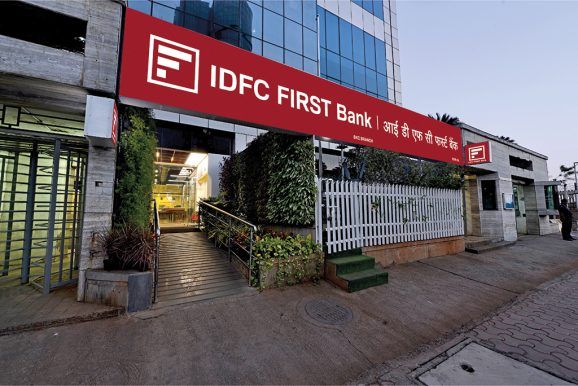
The merger was concluded in December 2018 and the new bank was named IDFC FIRST Bank – a new brand name with a new logo and new brand colours. Members of both boards constituted the board of the combined entity, IDFC FIRST Bank. The Integration Management Office (IMO) continued its charter into the post-merger stage.
The integration had a unique challenge because one entity was an NBFC and the other, a bank. The CEO of the smaller entity, Capital First (the NBFC) was taking over as the head of the combined institution. Despite the above challenges, the merger went extremely well. The communication strategy for the merger was to be straightforward and forthcoming on all issues. The CEO stand was that “only merit prevails here” and demonstrated the same in practice through town halls and appointments.
In order to unite the organisation into a single team, a new tagline “Customer is First, everybody else comes second” was widely publicised. This eventually became the tagline of the institution which stands till date, “Always You First”.
The merger was a resounding success across all operational parameters. Within just three years, from December 2018 to March 2022, the key operating and financial parameters had improved significantly, some of which are listed below:
- The CASA ratio of the bank increased from 8.68% to 48.44%.
- The CASA Deposits increased 9.7x, from $753m to $6.67bn
- NIM (quarterly annualised) of the bank increased from 1.56% (pre-merger) and 3.10% (merger quarter) to 6.00%.
- The retail & commercial loans grew 2.6x, from $5.28bn to $12.46bn
- Asset quality has improved, stressed assets – excluding disclosed NPA – reduced from $591m to $139m
- All legacy infrastructure and corporate assets have been accounted for.
- Operating profit (quarterly) of the bank has increased 3.0x, from $39m (on merger) to $109m
- Bank reduced costs of approx. $89.46m pricing on AMCs and improved operational efficiencies
- The bank at the time of merger put out a detailed guidance on different parameters and tracking itself on a 5-year plan. The bank is on track on all these goals and publishes performance against guidance every quarter.
- Many unique products have been introduced by the bank post-merger.
Customer first ethos
IDFC FIRST Bank is extremely well positioned for further growth, with a strong capital base, superior corporate governance and a disciplined approach to risk. It is focused on growing its retail franchise using new technologies and dedicated to a customer first ethos.
The bank has been highly successful in transforming the profitability and asset quality. The efforts of MD & CEO, V. Vaidyanathan for steering the merger of two stellar financial institutions and putting the IDFC FIRST Bank in the high growth trajectory were recognised by The European, which announced V. Vaidyanathan as the winner of the award for “Best Harmonious Merger – MD & CEO”.
Further information
Sign up to The European Newsletter
RECENT ARTICLES
-
 UK government sets up Women in Tech taskforce amid gender imbalance concerns
UK government sets up Women in Tech taskforce amid gender imbalance concerns -
 Liechtenstein lands AAA rating again as PM hails “exceptional stability”
Liechtenstein lands AAA rating again as PM hails “exceptional stability” -
 Lusaka Securities Exchange surges ahead on reform momentum
Lusaka Securities Exchange surges ahead on reform momentum -
 PROMEA leads with ESG, technology and trust in a changing Swiss market
PROMEA leads with ESG, technology and trust in a changing Swiss market -
 Why collective action matters for pensions and the planet
Why collective action matters for pensions and the planet -
 Structuring success with Moore Stephens Jersey
Structuring success with Moore Stephens Jersey -
 PIM Capital sets new standards in cross-jurisdiction fund solutions
PIM Capital sets new standards in cross-jurisdiction fund solutions -
 Innovation, advisory and growth: Banchile Inversiones in 2024
Innovation, advisory and growth: Banchile Inversiones in 2024 -
 Digitalization, financial inclusion, and a new era of banking services: Uzbekistan’s road to WTO membership
Digitalization, financial inclusion, and a new era of banking services: Uzbekistan’s road to WTO membership -
 Fermi America secures $350m in financing led by Macquarie Group
Fermi America secures $350m in financing led by Macquarie Group -
 Banchile Inversiones receives three prestigious international awards
Banchile Inversiones receives three prestigious international awards -
 What makes this small island one of the world’s most respected financial hubs?
What makes this small island one of the world’s most respected financial hubs? -
 MauBank wins international award for tackling barriers to finance
MauBank wins international award for tackling barriers to finance -
 ‘It’s like a private bank but with retail rates’: Inside Jersey’s mortgage market for new high-value residents
‘It’s like a private bank but with retail rates’: Inside Jersey’s mortgage market for new high-value residents -
 How one fintech is using AI to fix Latin America’s broken mortgage system
How one fintech is using AI to fix Latin America’s broken mortgage system -
 Why the humble trading journal could be your edge in volatile markets
Why the humble trading journal could be your edge in volatile markets -
 The smart way to structure family wealth: Why Liechtenstein funds are in demand
The smart way to structure family wealth: Why Liechtenstein funds are in demand -
 How market concentration is creating new risks and opportunities
How market concentration is creating new risks and opportunities -
 Staying the course in an unpredictable market
Staying the course in an unpredictable market -
 Decision-making factors when establishing a foundation
Decision-making factors when establishing a foundation -
 Why the British Virgin Islands remains a top destination for global business
Why the British Virgin Islands remains a top destination for global business -
 Malta’s growing appeal as a financial services domicile
Malta’s growing appeal as a financial services domicile -
 Matthieu André on AXA IM Select’s award-winning approach to multi-manager investing
Matthieu André on AXA IM Select’s award-winning approach to multi-manager investing -
 A legacy built on trust
A legacy built on trust -
 U.S voters slam economy as ‘on wrong track’ — but back skills revolution, poll finds
U.S voters slam economy as ‘on wrong track’ — but back skills revolution, poll finds



